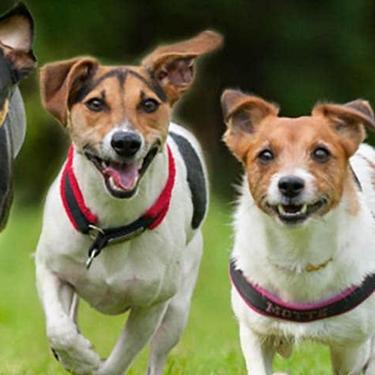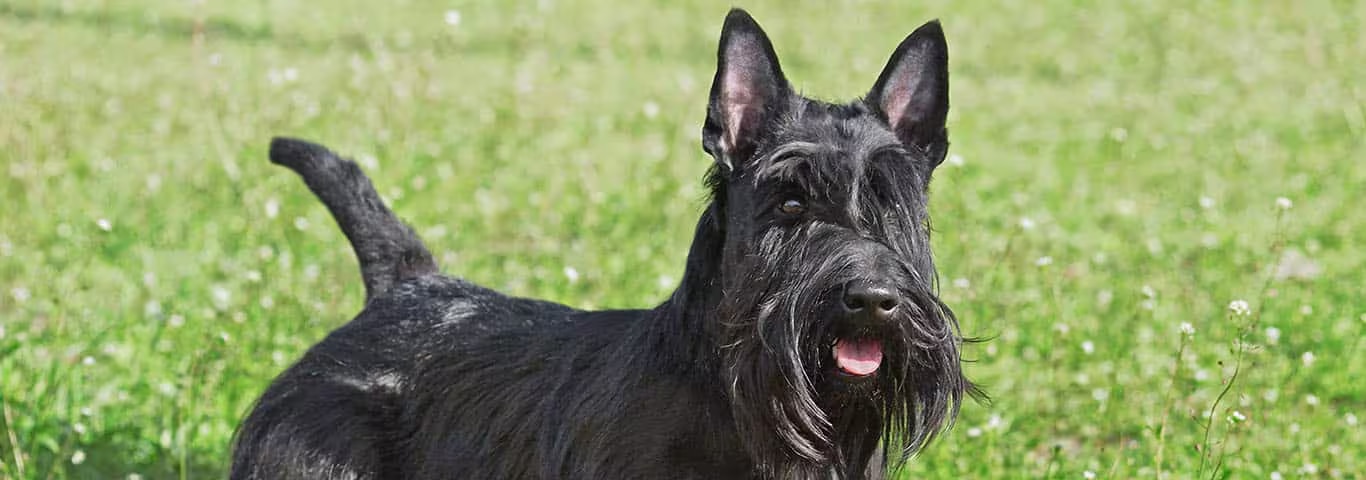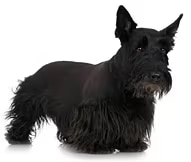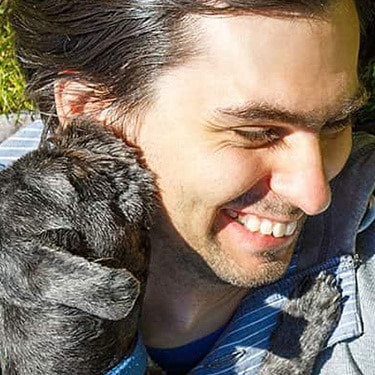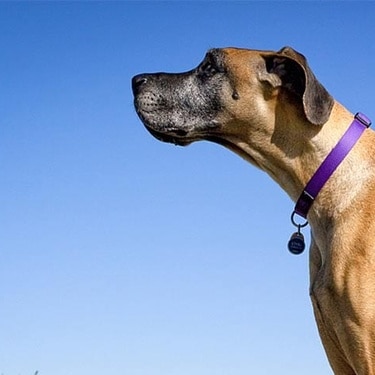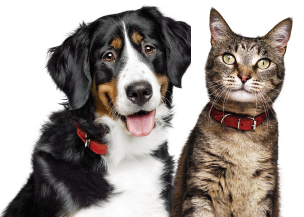Os Scottish Terriers são frequentemente descritos como um cachorro grande no corpo de um cachorro pequeno. Eles são agressivos, independentes e às vezes excitáveis. Quando adultos, seu comportamento pode tornar-se temperamental. Alguns Scotties aceitam apenas uma pessoa. Scotties podem ser agressivos com outros animais de estimação e teimosos quanto ao treinamento.
Em uma pesquisa, os Scotties obtiveram uma classificação elevada em termos de agressão a crianças e podem não ser uma boa escolha para famílias com crianças muito pequenas. Os cães podem, no entanto, conviver com crianças mais velhas se forem tratados com respeito.
Ao contrário de alguns outros cães, eles não exigem muita atenção de seus tutores. Eles são excelentes animais de estimação para aqueles que se deliciariam com sua personalidade às vezes peculiar e seriam capazes de fornecer um manejo gentil, mas firme.
Se a pelagem dura de um Scottie for mantida longa, será necessário escová-lo duas ou três vezes por semana. O casaco pode, no entanto, ser cortado. Aconselha-se aparar por um aparador profissional para manter o cabelo da cabeça e ao redor da cauda sob controle.
Os escoceses precisam de quantidades moderadas de exercício e vivem bem na cidade ou no campo. Caminhadas diárias ou brincadeiras em um quintal cercado serão suficientes.
Como os terriers escoceses foram criados para perseguir pequenos animais que vivem em tocas subterrâneas, esses cães são escavadores naturais, portanto, deve-se tomar cuidado para que eles não cavem em um quintal cercado. Também é melhor não deixá-los soltos fora de uma área restrita.
Os terriers escoceses, conhecidos informalmente e carinhosamente como "Scotties", são originários de Aberdeen, na Escócia. No início a raça era chamada de Aberdeen terrier. Esses cães foram criados para perseguir raposas, texugos, coelhos e outros pequenos animais que vivem em tocas.
A raça remonta a 1700, mas o desenvolvimento dos Scotties na raça que conhecemos hoje não ocorreu até o final de 1800, e o primeiro Scottish Terrier Club não foi formado na Escócia até 1882.
Os terriers escoceses foram introduzidos nos Estados Unidos em 1883. Eles se tornaram mais conhecidos entre os americanos no século seguinte porque o cachorro do presidente Franklin Roosevelt, Fala, era um Scottie.
Adote um animal de estimação. Mude uma vida.
Está preparado para adotar um animal de estimação? Utilize estas ferramentas para se certificar de que está pronto para o compromisso.
Adote um animal de estimação. Mude uma vida.
Está preparado para adotar um animal de estimação? Utilize estas ferramentas para se certificar de que está pronto para o compromisso.








